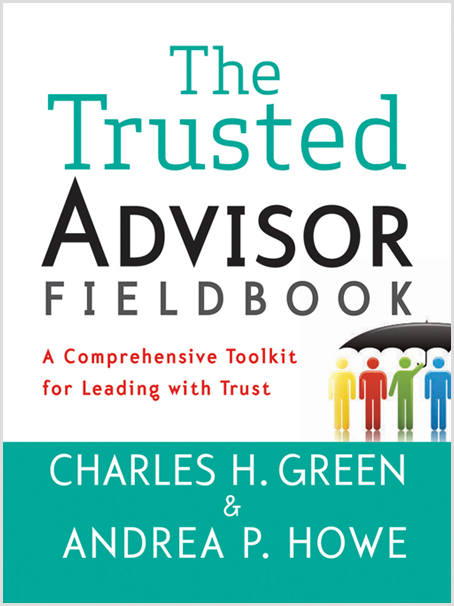This post is part of our Weekly Tips series.

Take this test to see just how masterful you are right now. Rank-order these four empathetic statements. Mark a “1” for the most effective and a “4” for the least:
“I’ve been there.”
“I understand.”
“I hear what sounds like frustration, which makes a lot of sense.”
“I imagine that’s frustrating.”
Now jot down a short note about why you ranked them the way you did.
[Tweet “The #empathy mastery test: How well do you score? https://thegetrealproject.com/?p=4676 #getreal #relationships”]
(Here’s where I find an image to insert that forces you to scroll down to see the answer key.)

The answer key:
3 “I’ve been there.”
4 “I understand.”
1 “I hear what sounds like frustration, which makes a lot of sense.”
2 “I imagine that’s frustrating.”
I ranked “I understand” last for several reasons. For one, it’s a cheap and overused form of empathy, all too often a glib filler that we use before we insert an opinion or ask a question that has us effectively controlling the conversation. For another, it can be hard to say without sounding patronizing or disingenuous. It’s also weak—and potentially arrogant—because it’s merely an assertion that you get it, rather than proof that you really do.
“I’ve been there” is marginally better, though it’s wired with a trap, which is a tendency to turn the conversation towards you (as all humans are wont to do).
“I imagine that’s frustrating” gets a higher score because it takes the risk of naming an emotion. And to get there, you have to take a moment to imagine what it’s actually like to be them.
“I hear what sounds like frustration, which makes a lot of sense” gets top billing for two reasons: (1) it names the emotion that you think you’re hearing (versus imagining), which requires that you really tune into what they’re communicating, and (2) it adds validation. Remember, things do make sense over there, and there’s a way to see just that if you take the time to look—even if you don’t agree.
I realize all this may seem a bit nit-picky. That’s because it is—at least in the way that a world-class athlete or musician will be nit-picky about drilling the minute details of his or her craft.
Perfectionist Alert: If the fine points of this stop you from being empathetic because you’re concerned about doing it just right, then ignore this article and just be empathetic. Imperfect (and clunky) empathy trumps no empathy every day of the week, as long as your motives are sound. Worry about fine-tuning later.
Make It Real
This week, listen to yourself. (Bonus points for actually recording yourself and listening to the playback.) What are your go-to empathy phrases? How might you up your game?
Learn More

Find out how not to bleed trust from every sales interaction, from our friends at Trusted Advisor Associates, or (re)discover how the “R” word impacts influence in Chapter 3 of The Trusted Advisor Fieldbook.
Andrea Howe
Latest posts by Andrea Howe (see all)
- Why choosing silence in the face of awkwardness can be a trust tragedy - March 21, 2024
- What NOT to do when you think you’re being ghosted - February 21, 2024
- Reprise: If you’ve resolved to have better client relationships this year, great, now ditch your resolution - January 2, 2024
